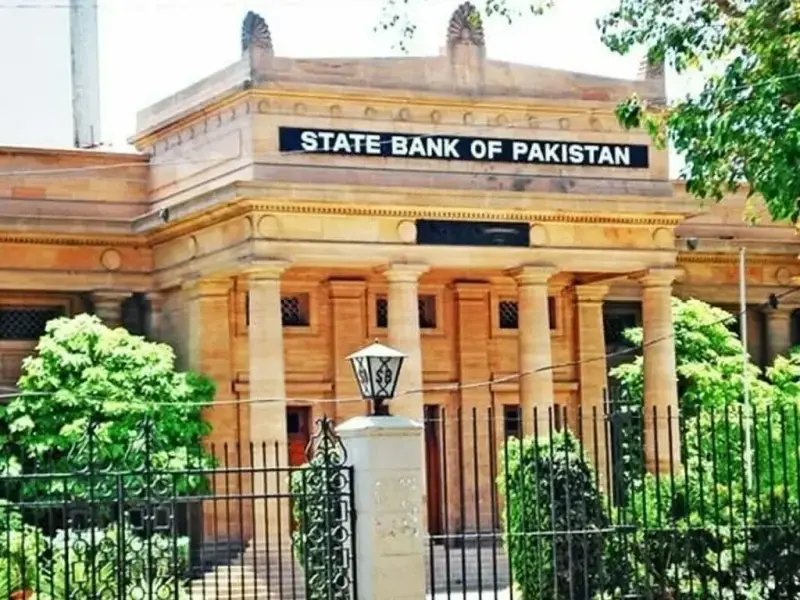KARACHI: State Bank of Pakistan (SBP) Governor Jameel Ahmad said on Thursday the timely purchase of US dollars from inter-bank market had helped avoiding excessive foreign borrowing at higher interest rate, enabling the country to meet its external debt obligations on time and increasing foreign exchange reserves five-fold in two-and-half years.
“Had we not built up our reserves from inter-bank purchases, the government would have needed to borrow significantly higher amounts – at higher interest rates – to make timely debt repayments,” Ahmad said at the ninth Annual Microfinance Conference held in Karachi.
SBP has purchased $7.8 billion from the market between June 2024 and May 2025.
He pointed out that the country’s foreign exchange reserves were at almost five times higher than the level recorded in February 2023, reflecting the central bank’s strategic interbank foreign exchange purchases to shore up SBP foreign exchange buffers, according to the central bank press statement.
Islamic banking has secured 25% of industry share, says former SBP governor
SBP governor noted that the difficult, yet necessary, policy and regulatory measures taken in recent years, had led to a period of macroeconomic stability.
While highlighting improvements in Pakistan’s macroeconomic indicators, he noted that inflation had declined sharply and was projected to remain in the government’s target range of 5% to 7% over the medium term, “notwithstanding some temporary upward pressure on prices due to the recent floods”.
He said achieving inclusive economic growth required durable macroeconomic stability that uplifts communities and secures prosperity for all.
Ahmad reaffirmed SBP’s longstanding commitment to microfinance as a driver of inclusive growth. To address evolving needs and bolster the sector’s resilience, Governor Ahmad said, “SBP has made comprehensive revisions to the Prudential Regulations for Microfinance Banks, to bring a shift from a rules-based, to a principle-based approach. These reforms included: removal of restrictions on microenterprise lending, allowing greater flexibility, introducing a dedicated Agriculture & Livestock loan category, enhanced loan limits up to Rs5 million for agriculture, microenterprise, and housing loans, and Rs500,000 for general loans”.
SBP governor assured that the central bank remained fully committed to working alongside the microfinance industry to strengthen resilience, safeguard customers, and expand outreach. “Together, we can ensure that microfinance continues to play its vital role in fostering inclusive, resilient, and sustainable growth”, he said.
Ahmad maintained that SBP’s monetary policy and regulatory efforts had been complemented by sustained fiscal consolidation by the government, which had helped contain demand-side pressures on inflation and the external account.
SBP revises down its projection for economic growth to around 3.25% for FY26
“Resultantly, the country’s debt dynamics have also improved considerably over the past three years. He said that economic growth is on the path to recovery and expected to accelerate further in the current fiscal year, notwithstanding the temporary expected losses from the recent floods – mainly to agriculture sector.”
The governor also shared that SBP had launched a Climate Risk Fund under the World Bank funded Resilient and Accessible Microfinance Project aimed at supporting two million borrowers through liquidity facilities to mitigate the impact of climate shocks.


